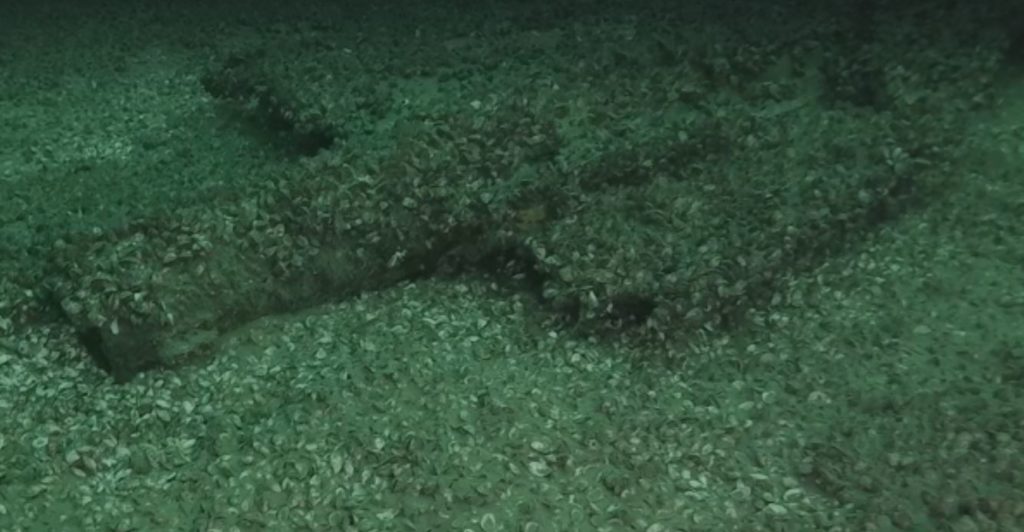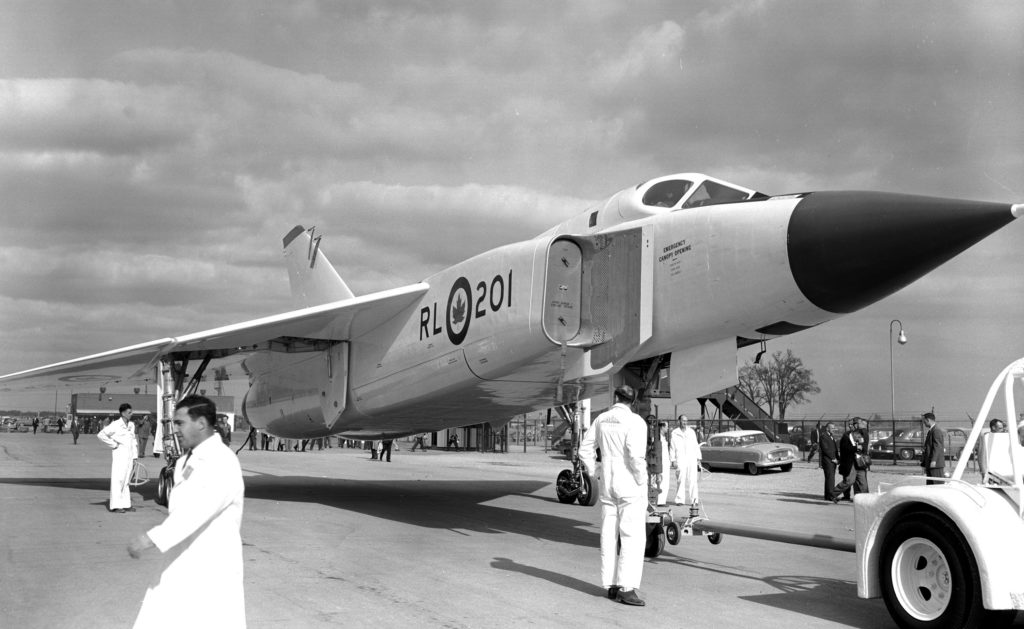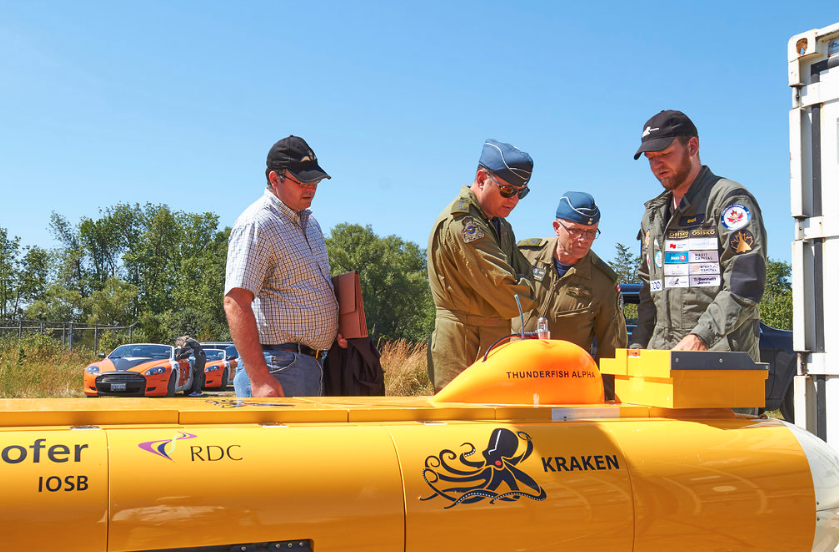Estimated reading time 5 minutes, 29 seconds.
A free-flight model of the famed Avro Arrow interceptor has been located on the rocky bottom of Lake Ontario, confirmed members of the Raise the Arrow search team on Sept. 8, 2017.
One of a series of models launched from Point Petre, Ont., between 1955 and 1957, the artifact was located using a sophisticated battery-powered remotely operated vehicle (ROV) that is capable of taking sonar images, pictures and underwater video.

Covered in zebra mussels and showing evidence of impact damage, the finding of the first model has led to widespread excitement among searchers and Canadians alike.
John Burzynski, Raise the Arrow expedition leader and the head of OEX Recovery Group, which is leading the expedition, told members of the press that the Arrow project was really about people and the realization of dreams and accomplishments–and then ultimately, the bitter taste of defeat when the program was abruptly cancelled by the John Diefenbaker government in 1959.
“Our discovery of the first model is a great technological accomplishment, but it’s also a reminder of a great Canadian achievement, of that wonderful piece of technology that was conceived and tested here,” said Burzynski.

He said the search for the Arrow models was originally conceived as part of Canada’s 150th birthday celebrations as well as to recognize the 60th anniversary of the Arrow’s first flight in 2018.
Divers will descend to conduct a visual exam of the model before the season ends, said Burzynski.
“It may become too rough [this year] to bring this up; but when we do, we’ll be doing some excavations around it,” continued expedition archaeologist Scarlett Janusas. “We’ll build a cradle and bring it up in such a manner that it won’t break apart.”
The model, which is about three metres long with a two-metre wingspan, will be kept wet and delivered to Trenton.

Janusas added that the recovery team has been given permission to remove some of the zebra mussels covering the free-flight replica in an effort to get a better look at which type of model they have found.
Models were made of various materials (stainless steel, steel and wood, and titanium alloy) depending on whether they were from the initial, intermediate or later testing series.
Burzynski said there were more testing models launched than originally thought.
The team’s research has revealed the existence of several test tracking vehicles, or TTVs, which were simple cylindrical fuselage shapes with wings that were used to test the shore equipment. The expedition team believes a TTV photo exists in the collection of the National Air Force Museum of Canada in Trenton, Ont.
That museum is one of the facilities that will eventually house the collection of free-flight Arrow models once they are recovered. Part of the collection will also be displayed at Canada Aviation and Space Museum in Ottawa.
OEX Recovery Group has pledged more than $600,000 to both museums to cover the costs of exhibiting any artifacts the team discovers and recovers.
Burzynski said the team is also hoping to raise “several million dollars for the museums so they can create a display space.”

The museums, in collaboration with the Canadian Conservation Institute, will provide historical information to support the conservation, treatment, and collection of any recovered models or materials.
With this first find, the search team is confident they are focusing on the correct area of the lake. The water depth in the target area ranges from 30 to 60 metres, and sonar images have identified about 100 potential targets.
Inspections are continuing and that list is narrowing down, said the team.









fantastic live just up the road of the launch site.